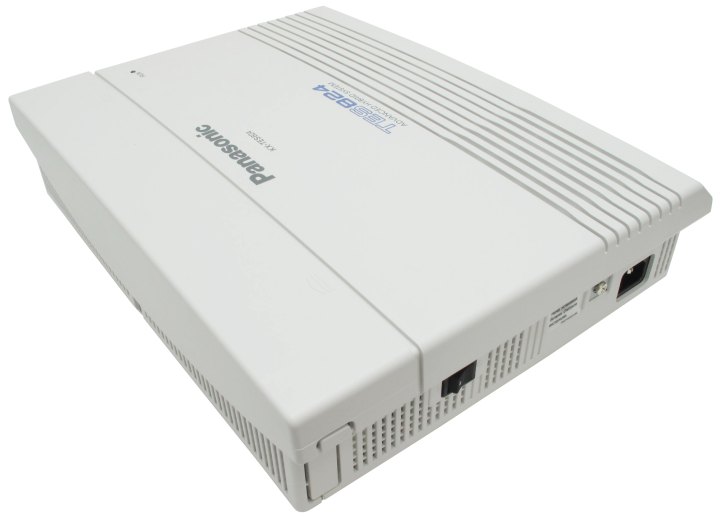
How many existing telephone or voice mail users, or both, are in your organization?.Having the answers to the following questions will help make the conversation between you and the UM specialist productive: For more information, see Configuration notes for supported VoIP gateways, IP PBXs, and PBXs.īefore you engage a Unified Messaging specialist, you should be able to answer key questions that they'll ask. To contact a Unified Messaging specialist, see the Microsoft solution providers page.Ĭonfiguration Notes for Supported VoIP Gateways, IP PBXs and PBXs: These configuration notes contain settings and other information that's very useful when you're configuring VoIP gateways, IP PBXs, and PBXs to communicate with the Unified Messaging servers that are on your network. To help ensure a smooth transition to Unified Messaging from legacy voice mail systems, Microsoft recommends that all customers engage a UM specialist. Unified Messaging specialists: UM specialists are systems integrators who have received technical training about Exchange Unified Messaging conducted by the Exchange engineering team. However, several resources are available to help you successfully deploy Unified Messaging: They can be very different from one another because they can include VoIP gateways, IP PBXs, and PBXs with different configuration settings, firmware, and requirements. It's challenging to create guidelines for deploying telephony networks. Resources to help with your UM deployment The other sections in this topic cover the supported VoIP gateways for Unified Messaging, how to determine whether your PBX is supported using a specific VoIP gateway model or manufacturer, whether your IP PBX is supported using a direct SIP connection, and supported session border controllers (SBCs) for Exchange Online UM. To help address this challenge, see the following section Resources to help with your UM deployment. The planning phase can be a significant challenge to Exchange administrators who have little or no experience with a telephony network.

A successful deployment requires you to make a careful analysis of your existing telephony infrastructure and to perform the correct planning steps to deploy Unified Messaging. Unified Messaging (UM) requires that you integrate Microsoft Exchange with the existing telephony system for your organization.

Applies to: Exchange Server 2013, Exchange Server 2016


 0 kommentar(er)
0 kommentar(er)
